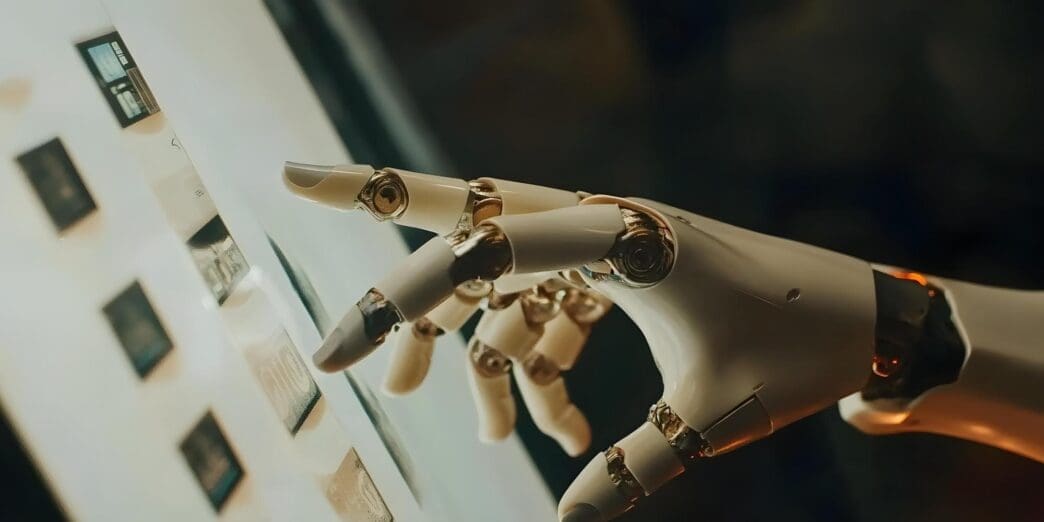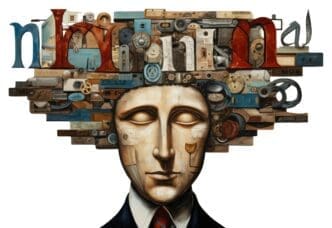Executive Summary
The Trajectory So Far
The Business Implication
Stakeholder Perspectives
Artificial intelligence is rapidly reshaping the landscape of creative industries, and design stands at the precipice of a profound revolution driven by automation and sophisticated idea generation capabilities. This transformative shift, unfolding now across sectors from product development to marketing, empowers designers and businesses to achieve unprecedented levels of efficiency, personalization, and creative output. By automating repetitive tasks and serving as a powerful co-creator for novel concepts, AI is not merely enhancing existing design processes but fundamentally redefining the role of the designer and the very nature of innovation.
The Dawn of AI-Powered Design
For decades, design has been a highly human-centric process, relying heavily on intuition, skill, and iterative manual effort. While these human elements remain crucial, AI introduces tools that augment these capabilities, allowing designers to transcend previous limitations.
The integration of machine learning algorithms and generative AI models into design workflows marks a significant paradigm shift. These technologies are moving beyond simple assistance, becoming integral partners in concept development, optimization, and execution.
Automation: Streamlining the Tedious and Repetitive
One of AI’s most immediate and impactful contributions to design is its ability to automate time-consuming, repetitive tasks. This frees designers from mundane work, allowing them to dedicate more energy to strategic thinking and high-level creative problem-solving.
Tasks such as resizing images for various platforms, generating multiple variations of a marketing banner, or standardizing brand assets can now be executed in seconds. AI-powered tools can ensure consistency across vast libraries of design elements, significantly reducing errors and ensuring brand adherence.
Furthermore, AI excels at data-driven layout optimization. It can analyze user engagement data to suggest optimal placements for UI elements, color schemes, and typography, ensuring designs are not only aesthetically pleasing but also highly effective in achieving business goals.
Generative Design and Optimization
Beyond simple automation, generative design represents a pinnacle of AI’s capabilities. This process involves AI exploring a vast solution space based on user-defined parameters, constraints, and objectives.
In industrial design, for instance, engineers can input requirements for a component’s strength, weight, and material properties. AI then generates hundreds or thousands of optimized design alternatives, often discovering forms that human designers might never conceive, leading to lighter, stronger, and more efficient products.
This approach is particularly valuable in fields like architecture, automotive, and aerospace, where complex structural integrity and performance criteria demand highly optimized solutions. It significantly accelerates the prototyping and testing phases, bringing innovative products to market faster.
Idea Generation: Augmenting Human Creativity
Perhaps the most exciting frontier for AI in design is its capacity for idea generation and creative augmentation. AI is not replacing human creativity but rather serving as an unparalleled brainstorming partner, expanding the boundaries of what’s possible.
Tools leveraging large language models and text-to-image synthesis can translate abstract concepts into visual representations almost instantly. A designer can input a descriptive prompt, and the AI generates diverse imagery, mood boards, or even fully formed design concepts.
This capability accelerates the initial ideation phase, allowing designers to explore a much wider range of stylistic directions and conceptual frameworks than previously imaginable. It helps overcome creative blocks by providing unexpected visual stimuli and new perspectives.
Pattern Recognition and Trend Analysis
AI’s ability to process and analyze vast datasets allows it to identify subtle patterns and emerging trends that might be invisible to human observation. This is invaluable for designers aiming to create relevant and forward-thinking products or campaigns.
By analyzing social media, e-commerce data, and cultural movements, AI can provide insights into consumer preferences, aesthetic shifts, and market demands. This predictive power allows designers to anticipate future needs and create designs that resonate deeply with target audiences.
For branding agencies, AI can analyze existing successful logos and visual identities to suggest new directions that align with current market perceptions while maintaining uniqueness. This data-driven approach enhances the strategic value of design decisions.
Transforming the Design Workflow and Professional Roles
The integration of AI is fundamentally altering the design workflow, making it more agile, efficient, and data-informed. Designers are evolving from being primary executors of visual tasks to becoming orchestrators of AI tools, strategists, and curators of AI-generated content.
This shift empowers designers to focus on higher-value activities such as understanding user needs, defining project scopes, refining AI outputs, and ensuring the emotional and cultural resonance of a design. The emphasis moves from manual execution to critical thinking and strategic oversight.
Businesses benefit from accelerated design cycles, reduced costs associated with repetitive tasks, and the ability to scale design efforts without proportional increases in headcount. This leads to faster time-to-market for products and more responsive, personalized customer experiences.
Ethical Considerations and the Human Touch
While the potential of AI in design is immense, it also raises important ethical considerations. Issues such as data bias, copyright ownership of AI-generated content, and the potential for job displacement require careful navigation.
Designers must be aware of the data sources used to train AI models, ensuring they are diverse and representative to avoid perpetuating biases in the outputs. The unique human ability to inject empathy, cultural sensitivity, and genuine storytelling remains irreplaceable.
Ultimately, AI is a tool, albeit an incredibly powerful one. The most successful implementations will be those that leverage AI’s strengths in automation and generation while preserving and amplifying the irreplaceable human qualities of intuition, emotional intelligence, and critical judgment.
The Future is Co-Creative
The revolution of design through AI is not a distant prospect; it is happening now, driven by advancements in automation and idea generation. As these technologies mature, they will continue to unlock new possibilities, allowing designers to push creative boundaries further and deliver more impactful, personalized, and efficient solutions.
Businesses that embrace AI as a co-creative partner will gain a significant competitive advantage, transforming their design processes from labor-intensive endeavors into highly sophisticated, data-driven engines of innovation. The future of design is undoubtedly a collaborative one, where human ingenuity and artificial intelligence converge to shape the world around us.








